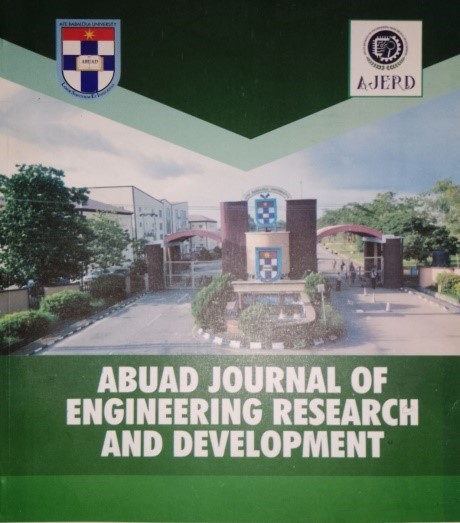Predictive Modeling for Cardiovascular Disease in Patients Based on Demographic and Biometric Data
Main Article Content
Abstract
Cardiovascular disease (CVD) remains the leading global cause of death, highlighting the urgent need for accurate risk assessment and prediction tools. Machine learning (ML) has emerged as a promising approach for CVD risk prediction, offering the potential to capture complex relationships between clinical and biometric data and patient outcomes. This study explores the application of support vector machines (SVMs), ensemble learning, and artificial neural networks (NNs) for predictive modeling of CVD in patients. The study utilizes a comprehensive dataset comprising demographic and biometric data of patients, including age, gender, blood pressure, cholesterol levels, and body mass index, features. SVMs, ensemble learning, and NNs are employed to construct predictive models based on these data. The performance of each model is evaluated using metrics such as accuracy, sensitivity, specificity, and the area under the receiver operating characteristic (ROC) curve (AUC). The results demonstrate that all three models achieve accuracy performance in predicting CVD events, with AUC values ranging from 0.85 to 0.92. Ensemble learning exhibits the highest overall accuracy, while SVM and ANN demonstrate strengths in specific aspects of prediction. The study concludes that Machine learning algorithms, particularly ensemble learning, hold significant promise for improving CVD risk assessment. The integration of ML-based predictive models into demographic practice can facilitate early intervention, personalized treatment strategies, and improved patient outcomes.
Downloads
Article Details
References
Ghosh, P., Azam, S., Jonkman, M., Karim, A., Shamrat, F., Ignatious, E., Shultana, S., Beeravolu, A., & Boer, F. (2021). Efficient Prediction of Cardiovascular Disease Using Machine Learning Algorithms with Relief and LASSO Feature Selection Techniques. IEEE Access, 9(1), 19304-19326. https://doi.org/10.1109/ACCESS.2021.3053759. DOI: https://doi.org/10.1109/ACCESS.2021.3053759
Dinesh, K., Arumugaraj, K., Santhosh, K., & Mareeswari, V. (2018). Prediction of Cardiovascular Disease Using Machine Learning Algorithms. In 2018 International Conference on Current Trends towards Converging Technologies (ICCTCT), 1-7. https://doi.org/10.1109/ICCTCT.2018.8550857 DOI: https://doi.org/10.1109/ICCTCT.2018.8550857
Lee, T., Shah, N., Haack, A., & Baxter, S. (2020). Clinical Implementation of Predictive Models Embedded within Electronic Health Record Systems: A Systematic Review. Informatics (MDPI), 7(3), 25. https://doi.org/10.3390/informatics7030025. DOI: https://doi.org/10.3390/informatics7030025
Sadad, T., Bukhari, S., Munir, A., Ghani, A., El-Sherbeeny, A., & Rauf, H. (2022). Detection of Cardiovascular Disease Based on PPG Signals Using Machine Learning with Cloud Computing. Computational Intelligence and Neuroscience. https://doi.org/10.1155/2022/1672677. DOI: https://doi.org/10.1155/2022/1672677
Schatz, B. (2015). Guest Editorial: Predictive Modeling in Health Informatics. IEEE Journal of Biomedical and Health Informatics, 19(1), 1384. https://doi.org/10.1109/JBHI.2015.2431354. DOI: https://doi.org/10.1109/JBHI.2015.2431354
Tai, A., Albuquerque, A., Carmona, N., Subramanieapillai, M., Cha, D., Sheko, M., Lee, Y., Mansur, R., & McIntyre, R. (2019). Machine learning and big data: Implications for disease modeling and therapeutic discovery in psychiatry. Artificial Intelligence in Medicine, 99(1), 101704. https://doi.org/10.1016/J.ARTMED.2019.101704. DOI: https://doi.org/10.1016/j.artmed.2019.101704
Camps-Valls, G., Gómez-Chova, L., Calpe-Maravilla, J., Martín-Guerrero, J., Soria-Olivas, E., Alonso, L., & Moreno, J. (2004). Robust support vector method for hyperspectral data classification and knowledge discovery. IEEE Transactions on Geoscience and Remote Sensing, 42(1), 1530-1542. https://doi.org/10.1109/TGRS.2004.827262. DOI: https://doi.org/10.1109/TGRS.2004.827262




